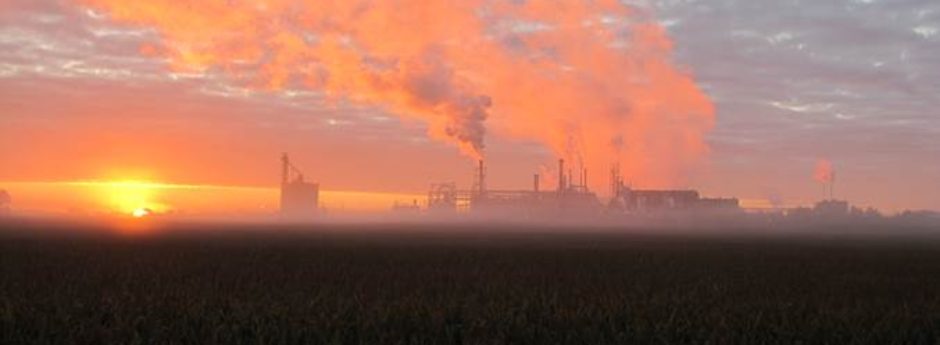Note: What follows is an editorial for the Valley City Times-Record. It follows a story I did, which is described in the editorial. The story was accompanied by two pictures. One of two North Dakota Highway Patrolmen in their shirtsleeves in the freezing water, and one of the rescue team working to save the life of the young lady whose car plunged into the frigid water.
In the picture you can clearly see her face. She remains in critical condition in a hospital in Fargo.
There has been some controversy about the picture, to say the least. The family of the accident victim did not like it at all, which I fully understand. They’ve got to be mad at somebody, and there really isn’t anyone to be mad at: no other driver caused the accident, no pothole in the highway, not even a bartender who served one too many drinks. It was a damn goose in the road the driver swerved to avoid.
Reactions are mixed. A Fargo TV station called us and begged for the pictures. Others think it was tasteless. I’m sorry I can’t reproduce the pic, but it’s not my property anymore. What I saw, and I believe the pic shows, is brave and skillful men working their hearts out to save the life of a young woman who might be anyone’s little girl.
Now, even as we speak, a loudmouthed sports caster on the local radio station is going on and on about how we only did it to show them up (absurd, they’re a radio station) and I should be fired, blah, blah, blah.
At any rate, here’s what I have to say about the incident:
***********************************************************************************
*Volunteers do their communities proud
Wednesday evening was hectic to be sure. I was on my way out of the office to follow a story when word came in that a woman was trapped in a car in Hobart Lake.
Following a fire engine to the scene, I saw personnel from the state Highway Patrol, Barnes County Sheriff’s Office, Sanborn Fire Department, and Valley City/Barnes County fire, rescue and ambulance, not to mention the wrecker from Gille Auto. They were moving so quickly, smoothly, and with such coordination you’d think they did they did this every day.
Rescue Lt. Scott Magnuson, who led the team of divers who recovered the victim from the submerged car, rightly said the rescue was a team effort by a lot of people, starting with the witnesses who called in the report via cell phone. Remember when a witness would have had to drive to the nearest gas station to use a phone?
Highway Patrolmen and Sheriff’s Deputies immediately established traffic control and secured the scene, a vastly under-appreciated part of any rescue effort.
A couple of the first Highway Patrolmen on the scene shucked their shirts and jumped in the frigid lake and located the car, saving the rescue team precious time. I was freezing my keister off just standing there fully clothed in the wind and rain.
All of them performed crucial roles, but the success of their efforts depended on the highly specialized training and equipment of the volunteer fire and rescue personnel.
Without the men and equipment; the wet suits, rubber boat, SCUBA gear, and tools, I have no doubt that good men would have killed themselves in a possibly futile attempt to rescue the victim. It takes nothing away from the professionals to say, our volunteers are awesome!
The tradition of volunteer responder has a long and honorable history. The first fire brigades were founded in ancient Rome, the Corpus Vigiles.
The all-volunteer, privately financed Royal National Lifeboat Institution, organized in 1824, has 272 lifeboats assigned to 210 stations in the British Isles. Since it’s founding the RNLI has saved more than 124,000 lives, an average of three a day, at a cost of 435 crew members killed in the line of duty.
Volunteer responder services exist because small communities just flat can’t afford to maintain highly trained full-time professionals for emergencies that are thankfully rare. In the United States, 73 percent of all firefighters are members of volunteer fire departments, according to the National Volunteer Fire Council.
The NVFC is a non-profit membership association representing the interests of the volunteer fire, EMS and rescue services, and serves as an information source regarding legislation, standards and regulatory issues.
On the web there is also VolunteerFD.org, a place for volunteer firefighters to come and share information with their fellow unpaid professionals. They operate the Sponsor a Firefighter program which suggests ways in which individuals, businesses, and communities can support their volunteer first-responders.
One way some communities support their volunteers, is to provide tax incentives to volunteer.
The IRS previously considered such benefits income subject to federal taxation, until Congressman John B Larson (D-Conn.) proposed the Volunteer Responder Incentive Protection Act (VRIPA). George Bush signed the bill into law, in December of 2008.
H.R. 3648 exempts all tax benefits provided by state and local units of government to volunteer firefighters and EMS personnel from taxation by the federal government. Additionally, the first $360 per year of any other type of benefit that a volunteer receives would be exempted from taxation.
VRIPA expires at the end of 2010. So if you’d like to do something for the men and women who guard your lives, you might make a note to write your congressman next year.
